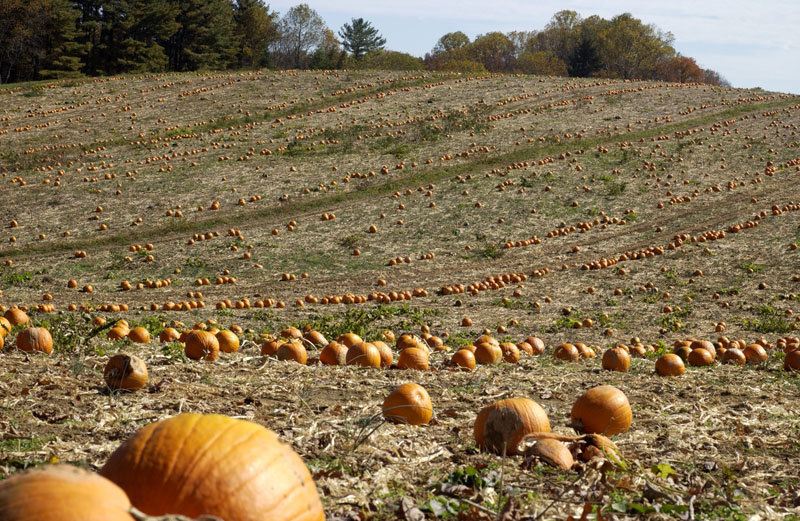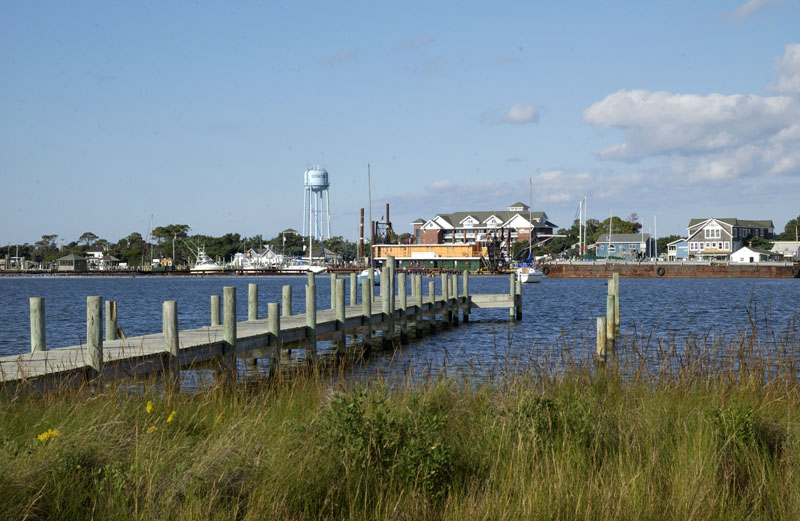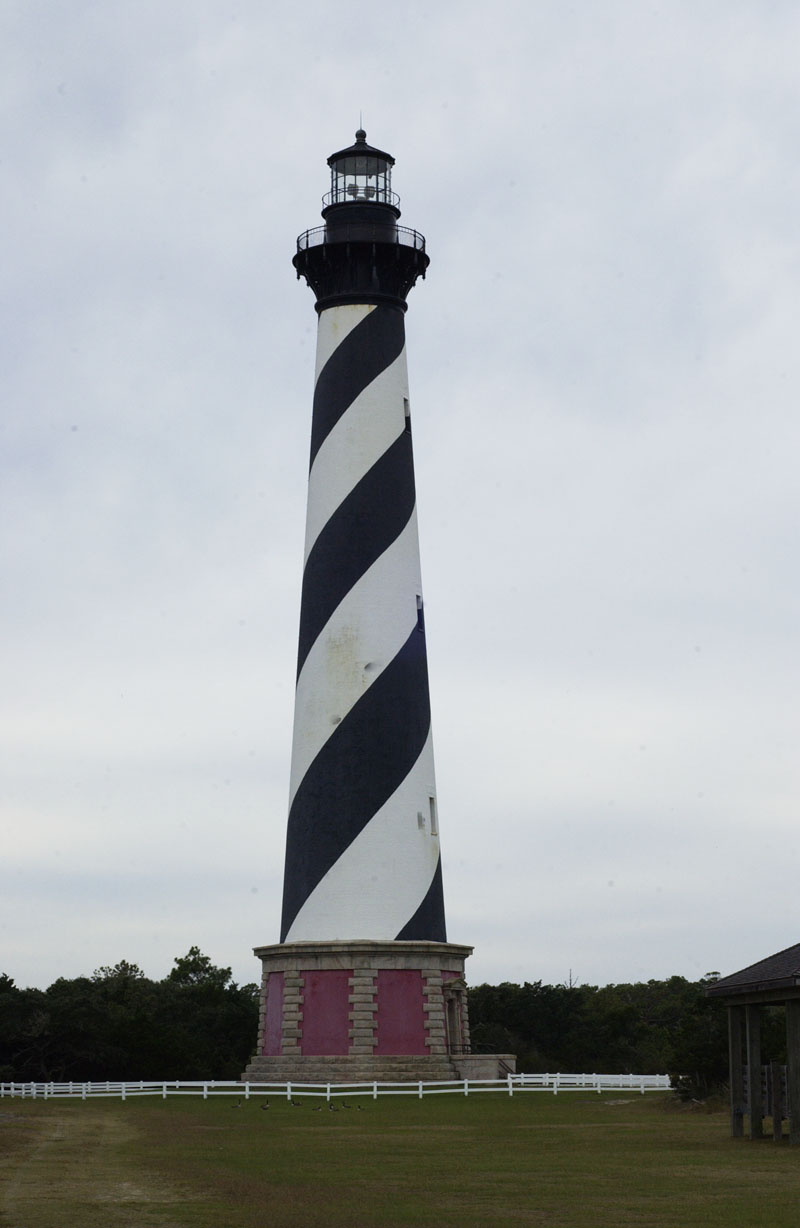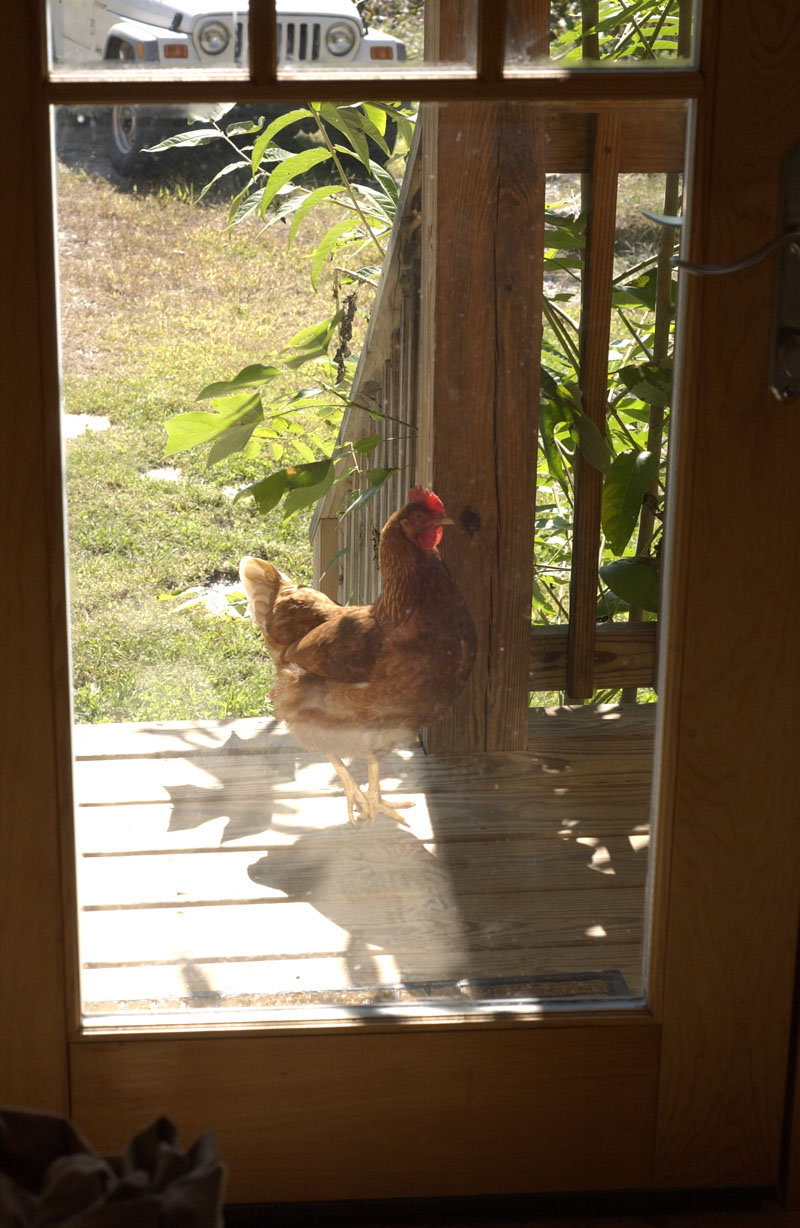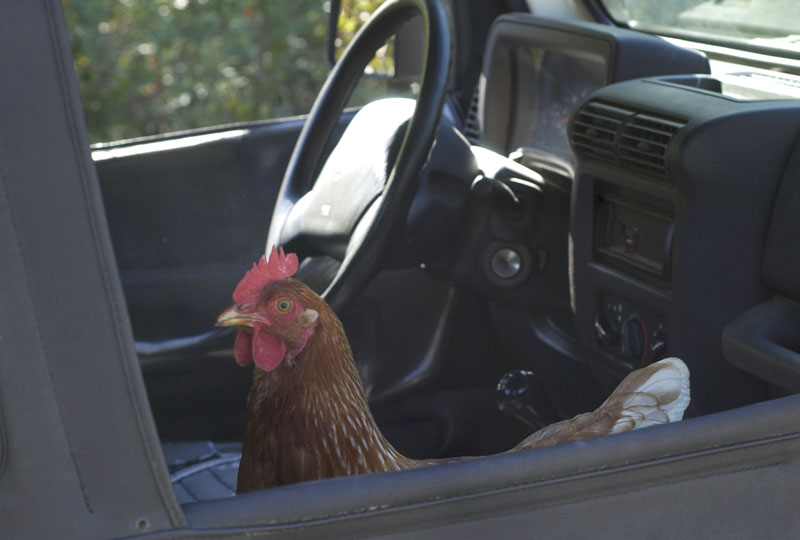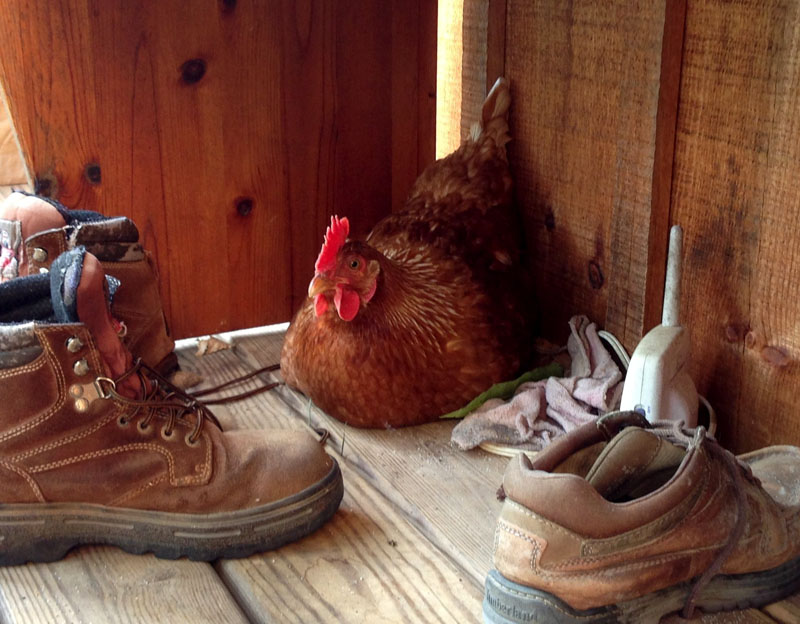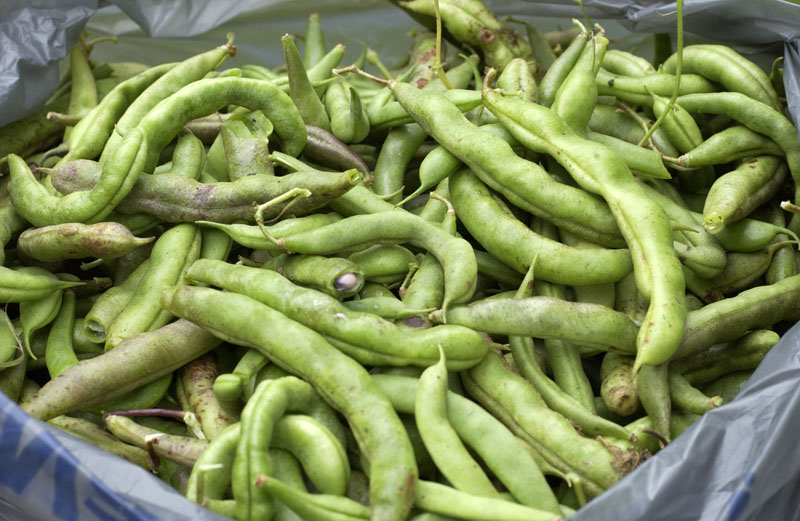On a trip to the Virginia mountains a few days ago, I was surprised to see several big fields of unharvested pumpkins. Shouldn’t they be gathered in well before Halloween? I’m wondering if this year’s pumpkin crop exceeded the demand.
Month: October 2012
The North Carolina coast

River Forest Manor at Belhaven. It’s now closed, and for sale.
I got back last night from a three-day trip to the North Carolina coast. I wish I could say it was a good trip, but mostly it wasn’t. Ocracoke Island was nice and hasn’t changed in any major way since I was last there 25 years ago (just more buildings). But much of the rest of the trip was, in ways, depressing.
For example, I had remembered the little town of Belhaven, near the the Swan Quarter terminal for the 2.5-hour ferry trip to Ocracoke, as charming. But all I saw this trip was squalor and poverty. The old River Forest Manor mansion, which for years served wonderful down-home food and offered nice B&B accommodations, has closed and is up for sale. The town of Belhaven looked shockingly shabby and poor.
Ocracoke Island is mostly national seashore that is protected from development. There are many new buildings and new businesses in the little village of Ocracoke, but they weren’t so bad. Often the new buildings look better than the old ones. Ocracoke also was the only place on the entire trip where anything approaching civilized food was to be had.
Hatteras still had a certain charm, but it has grown tremendously. Seedy development now defines once-charming villages like Rodanthe. Nags Head, Kill Devil Hills, and Kitty Hawk are now merged together into one long, dense, ugly strip development completely lacking in charm.
As a road trip, this one was nothing special. I did get to drive through Chatham County, one of the target areas for fracking in North Carolina. But the Raleigh suburban area, its bypasses, and all the roads from Raleigh east to the coast can only be described as an ugly, strip-developed mess, with much of the rural charm ruined by suburbanization. I had not seen some of these areas for 30 years. I did not like the changes I saw.
I came home on U.S. 58 through southern Virginia, and that’s much nicer, once you get west of the suburban horror of Chesapeake and Suffolk. The road passes through beautiful Virginia farming country as it approaches Danville and Martinsville.
I’m not sure I could ever endure another road trip without making some kind of arrangements to cook my own food along the way. All along these routes through Virginia and North Carolina there is nothing to eat but fast food and trash food. Too much of it would be enough to ruin one’s health. It made me fondly remember road trips when I was much younger and much poorer, when we stopped at roadside picnic tables and cooked on Coleman stoves.
It made me appreciate my Stokes County home that much more. It can’t be easy to find places in this country where honest, unsuburbanized rural landscapes are within shopping distance of a Whole Foods and an Apple store. Stokes is one of those places. It’s mighty nice to be home. Lily, the cat, thinks so too. She slept with me for part of the night, her paws clasped around my neck and her nose in my ear as though she was afraid I’d leave her again.
I’m in no hurry for another road trip. Home is just too nice.
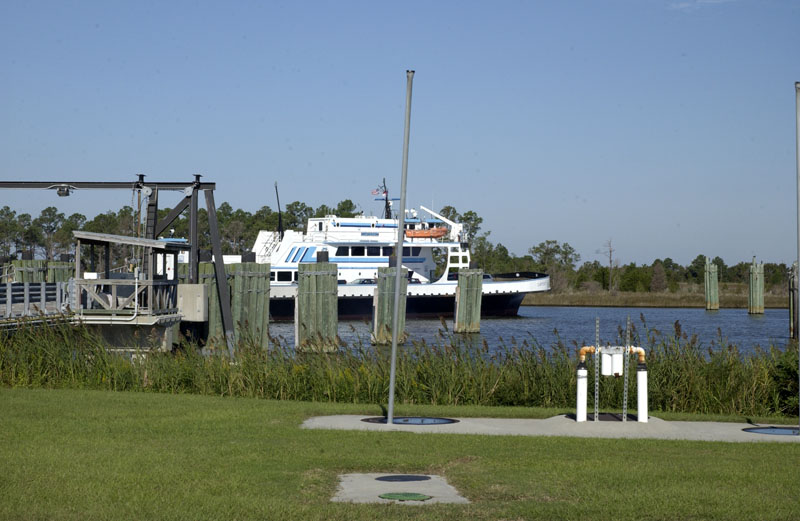
The Ocracoke ferry approaches the Swan Quarter ferry landing.

Looking into the Ocracoke harbor from Pamlico Sound

A ferry leaves Ocracoke bound for the mainland.
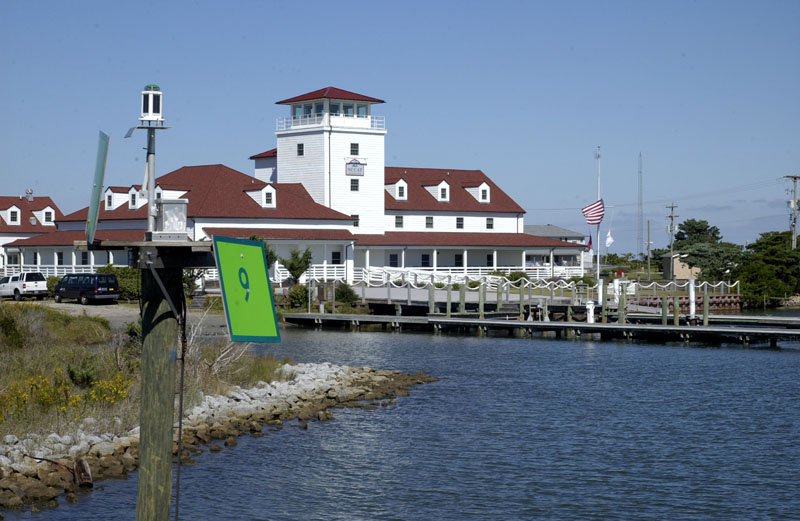
The former Coast Guard station on Ocracoke, now some sort of campus

Riding around in golf carts has become the main entertainment on Ocracoke. Golf carts rent for $10 an hour.
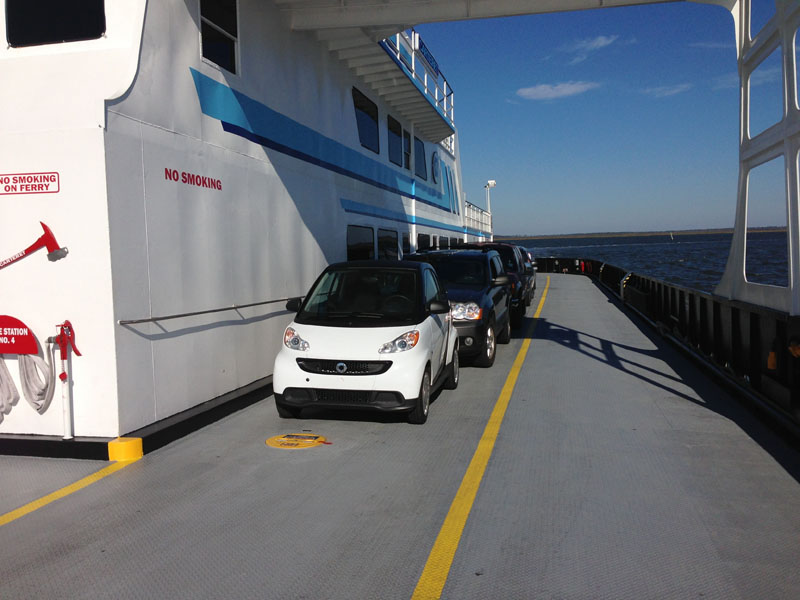
The Smart car performed beautifully on the road trip. It averaged 54 miles per gallon. It’s comfortable and handles great on the open road and in traffic.

A large solar array under construction near Bath, North Carolina
That Fiona …
I wish everyone could get to know just one nice chicken really well. Then we’d stop thinking that chickens are dumb and unfeeling, and we’d give chickens much better lives. All chickens are different. Even when they’re brought up similarly, they have very distinct personalities. The more attention they get, and the more you interact and talk with them, the more they develop, and the sweeter their attitude toward human beings.
In the new generation of hens at Acorn Abbey, Fiona loves human attention the most. Now, one of the first things I explain to all the abbey chickens, as soon as they’re old enough to understand, is the deal we have: They get a nice home, free food and water, a place to roam and scratch, a decent house, a fence to protect them from predators, and a place to retire when they’re old. I get the eggs. None have complained about the deal, other than Patience who got it in her head a couple of summers ago that she was going to keep her eggs and sit on them. I disputed that, and I won. But I don’t think she understood that at that time she had never met a rooster and that she was wasting her time.
Anyway, Fiona quickly figured out where I live and what door I usually emerge from. The first time she stood at the front door and called (at the top of her lungs), I thought she was merely asking for attention. But a few days later, after some repetition of this behavior, I found three eggs under the bench beside the front door. Then I had to reconsider her behavior. I think she was letting me know that she’d left me an egg.
Now, why would Fiona choose not to lay in the chicken house like the other hens? No matter how much new wire I put up to block their escape routes, she and Helen still get over the fence any time they like. Given that Fiona could lay anywhere she chooses inside or outside the fence, why would she come here to lay, and why would she stand at the door, look through the glass, and call at the top of her lungs after laying? I think she’s bringing me a gift, and she wants me to know.
She loves to be picked up, petted, scolded mildly, and put back inside the fence. In our evening chats, when I sit a spell in the orchard with the chickens before they go in for the night, Fiona climbs into my lap. The other hens get jealous.
Spoiled? Nah. It’s the way all chickens ought to live.
Pie season!

Let’s hope it’s not as dry as it looks in this photo. There’s juice down in there.
This is prime pie season — one of the best times of the year for cooking.
My apples this week came from a roadside produce stand on U.S. 601 in Davie County. They said the apples came from Cana, Virginia, which is almost certainly true, because that’s an apple and trucking center. I also bought the pumpkin at the same roadside stand. It probably came from North Carolina, South Carolina, or Georgia on one of the produce trucks that run back and forth from this area to Florida, feeding many of the roadside produce stands.
Don’t even think of using a store-bought pie crust! Pie crusts are easy to make. I have used olive oil for years. You might think that olive oil would have too strong a flavor for pie crust, but I have never tasted olives along with the apples. I find that about 2 and 1/3 cups of unbleached flour makes a generous crust. For that much flour, half a cup of olive oil is not quite enough, and 2/3 cup is too much. I’ve found that it’s definitely possible to use too much oil and not enough water or milk in the crust. The crust will come out powdery rather than flakey. So I usually add half a cup of oil to the flour, then mix and add more until it looks right. One to two tablespoons of water or milk (or soy milk) is about right.
This is prime pumpkin-shopping time. I scorn the bright orange pumpkins with the ugly shapes. I only buy what I call “pink pumpkins,” the segmented pumpkins. Pumpkins are magical, so only a Cinderella fairy-tale pumpkin is proper. Making a pie with canned pumpkin in a store-bought crust is a crime for which you’ll lose your cooking license. It’s all about doing everything from scratch…
Calling it quits for 2012
Though I feel a bit guilty, I did not plant turnips and greens for a late garden this year. I was just too burned out from a summer of gardening and canning.
Today I officially retired the garden. I picked the remaining green peppers. There was about a peck of them. I also picked the last of the green beans, which I had intentionally left on the vine to go to seed. They will be next year’s bean seeds. They are the family heirloom green beans that have been in my family for four or five generations. I’ve put them in the attic to dry before I shell them.
The black walnuts were given to me by a friend. I don’t have a walnut tree — though I’m still looking for one. These days plenty of people have mature walnut trees, but 99.9 percent of the crop lies on the ground and goes to waste because people just aren’t hungry enough anymore to do all the work of hulling them and cracking them. I’m not sure how far I’ll get with that job either, but I at least want to have a go at it.
Now if I only had access to an old, abandoned apple tree. My trees produced a small amount of fruit this year, but I’m still several years away from really having an apple crop.

